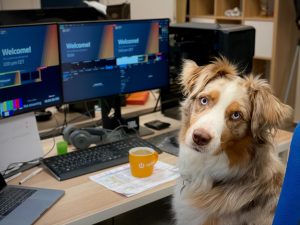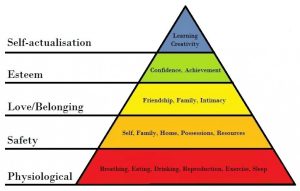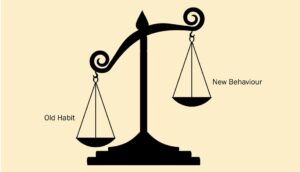Need help with Reactive Dog Behaviour? Join my FREE Facebook support group...
Learning from Mistakes in Dog Behaviour
There are two ways to learn something, you can learn by getting it right, but you can also learn by getting things wrong. Making mistakes is frustrating when you are trying to change your dogs behaviour. But actually it’s an essential part of the learning process – for you and your dog. Find out why, and how you can make the most of each “mistake” for maximum benefit!
Let’s say you are trying to teach your dog to sit calmly at the end of the hall while you answer the door! In a perfect world, you’ll wait until the door bell rings, walk him to the end of the hall and tell him to sit and he’ll just do it, right? Probably not!
Mistakes happen!
Most mistakes happen simply because our dogs either didn’t know any better, they were distracted, or they were in a habit of doing things a different way. Rarely do they do things “wrong” on purpose.
Take a stressed mum who accidentally puts an item into her handbag instead of the trolley when she’s shopping. Or the child who hasn’t quite mastered subtraction. Or, the dog that keeps getting up even though you’d prefer them to sit at the end of the hall while you answer the door. None of this is done “wrong” on purpose.
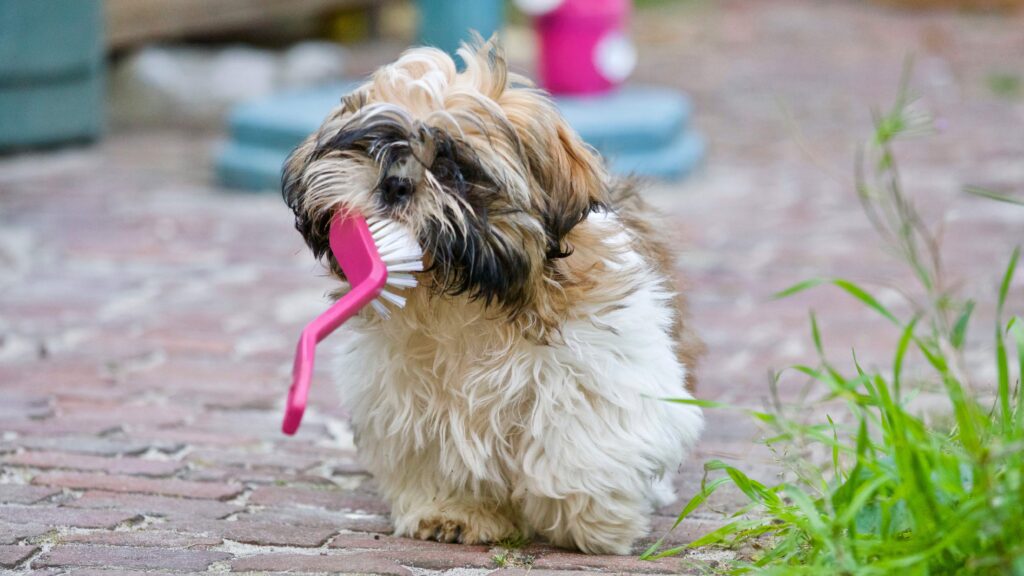
In dog training this is especially true. Your dog might have an idea of what you want, but he doesn’t speak or read English (I know, spoiler alert!) So he’ll need to go through a process of trial and error to figure out exactly what you want. This means he needs to make mistakes to learn.
To be a good learner, he needs you to repeat the process over and over again so he can compare each attempt with the last. It’s even better if you can do it repetitively so he can quickly narrow down whats right and what’s wrong. He’ll need you to help him get it right by stopping him when he goes wrong and helping him get it right.
So if he get’s up midway through a sit-stay it’s not helping to give him the treat because it was “close enough”. He needs you to do it again with him so he can try to get it right. If you don’t, he’ll think he got it right the first time. That is just confusing and he won;t have learned anything useful.
Be repetitive
If you leave too much time between repetitions, some of the learning is forgotten and he’ll not be able to compare each attempt reliably.
In the above example, if you are only practising answering the door once a week when a real person calls by, you may not give yourself, or the dog, the opportunity to try again while he still knows what went wrong. Much better to set aside 15 minutes and do it 5 or 6 times in a row.
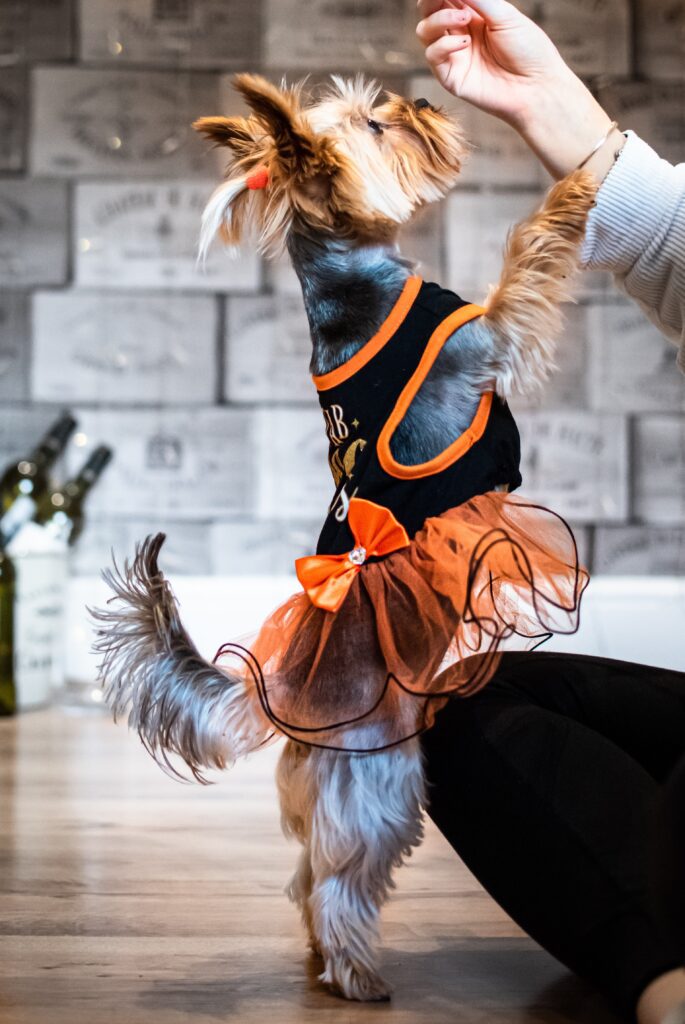
Identifying mistakes – means you can focus on them. In this example, you might find your dog struggles with one element more than the others. Maybe he’s good at sitting normally, but the door bell got him too excited, or maybe he has never learned to stay. Whatever the specific element that you are having bother with, once you have identified it, you can work on it separately and slot it back into the sequence later.
Repeat the training sequence enough times that you get a couple of perfect runs. Only at this stage, your dog is starting to figure out what you want, now you must practise it.
Make it a habit!
As I said before, a habit may also cause mistakes to be made. The only way to get round this is to practise, practise, practise. Practise makes perfect and eventually creates a new, different habit. There is no short cut to habit forming, sadly. But, you’ll know when it happens as the new behaviour will be easy for your dog, and the old one a distant memory.
Remove Distractions
Distractions cause us all to make mistakes, so sometimes it is necessary to try something new without distractions. If the doorbell adds too much excitement, or having someone standing behind the door is too much, then practise without them first. Once your dog is good at it you can add them back in and try again.
This is not cheating, by the way! You wouldn’t start a video game at level 20, or start playing grade 8 piano on your first day. You make it easy and gradually it gets harder as you get better!
Are you struggling with your dogs behaviour?
Private Dog Behaviour Consultations are currently available in the Dundee area and beyond, or via zoom. If you are looking for help solving your dogs behaviour and training problems, then please get in touch!
